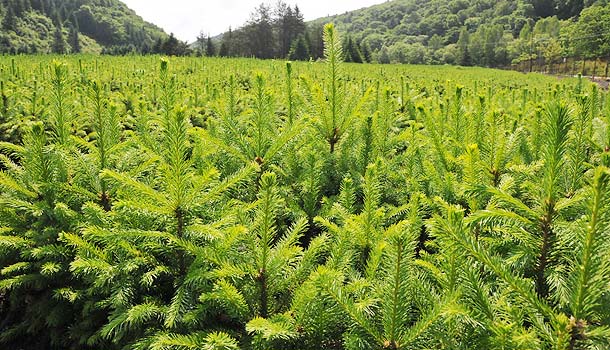
By Henry Hing Lee Chan
Green is Gold
A report released on May 26, 2016 by the United Nations Environmental Programme (UNEP) shows that China will get forest cover on almost one quarter of the country by 2020 if the country succeeds in its mission towards building an “eco-civilization.”
The report by UNEP, Green is Gold, looks at the environmental dimension of China’s 13th Five-Year Plan which ends in 2020. “Eco-civilization” is one of the steps in China’s “Five-in One” blueprint for socialism with Chinese characteristics, and the plan outlines the nation’s commitment to “innovative, coordinated, green, open and shared development.” The phrase “green is gold” was used by Chinese President Xi Jinping to describe the move towards building a “Beautiful China” as part of realizing the “Chinese Dream” of rejuvenating the nation.
As part of the plan, China will have to decrease water consumption by 23 percent, energy consumption by 15 percent, and CO2 emissions by 18 percent per unit of GDP at 2020 as compared to 2015.
By 2020, Chinese forest coverage is envisioned to reach more than 23 percent and the percentage of days with good air quality in cities at the prefecture level will exceed 80 percent. As part of its attempt to build an eco-civilization, China has set some complementary targets such as:
• Limiting total primary energy consumption to 4.8 billion tonnes equivalent of standard coal by 2020
• Increasing the share of non-fossil fuel energy in primary energy consumption by up to 15 percent and limit the share of coal consumption to 62 percent by 2020.
• Reaching peak CO2 emissions by 2030
• Building a green manufacturing system that is efficient, clean, low carbon and circular
The complementary target on coal consumption and CO2 emissions stands good chances of being achieved. In fact, there are signs that Chinese CO2 emissions had already peaked in 2014.
China’s record under the 12th Five-Year Plan is credible.
Targets and Indicators in the 12th Five-Year Plan for Resources and Environment
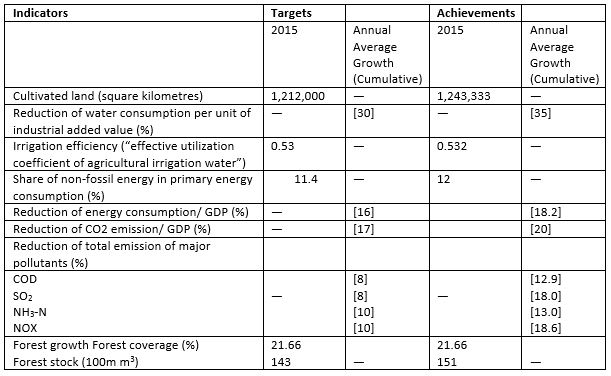
China is often charged with sacrificing the environment in exchange for growth and its environment record is less than stellar, particularly in the local government level. However, the current administration has shown determination in redressing past environmental mistakes. They have been successful in the 12th Five-Year Plan and the more ambitious 13th Five-Year Plan seems to have a good start.
China’s Socioeconomic Development Indicators in the 13th Five-Year Plan for Resources and Environment
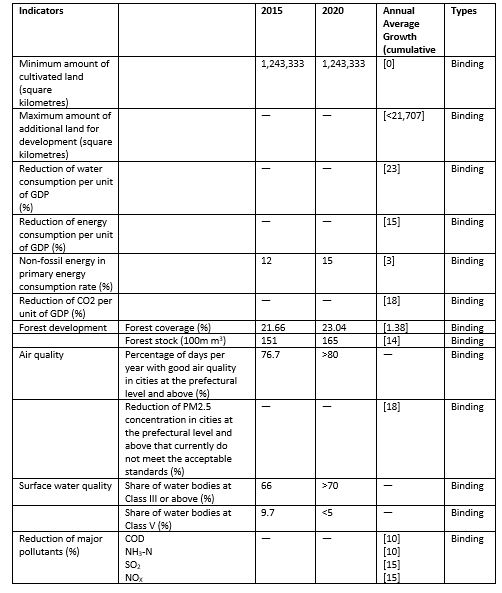
Notes: (1) The growth of GDP and overall labor productivity is in real prices whereas their absolute values are in constant prices of 2015. (2) [ ] denotes a cumulative number over five years. (3) The acceptable annual average level of PM2.5 is 35 ug/m3 and below. Source: State Council, 2016.
The large scale effort by China to improve its environment from improving resource utilization efficiency to treating legacy environmental contamination issues will lead to new production techniques and more cost effective ways of environmental remediation, the process carries many positive externalities and we hope that it can be successful. Many third world countries can benefit from the Chinese experience if it is successful.








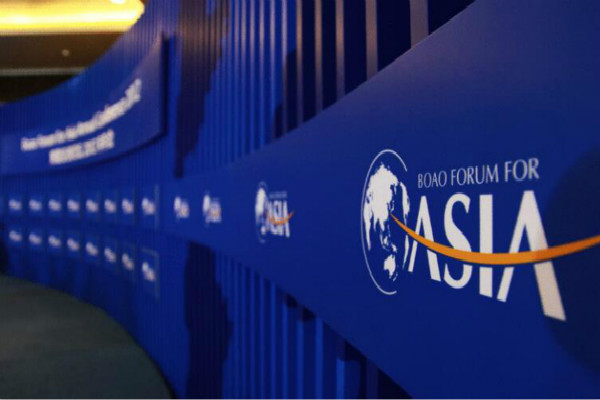


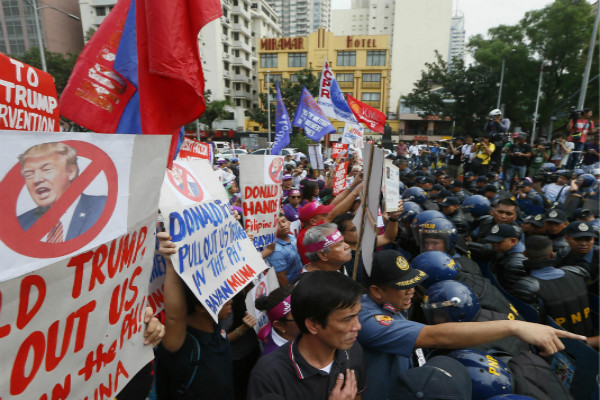
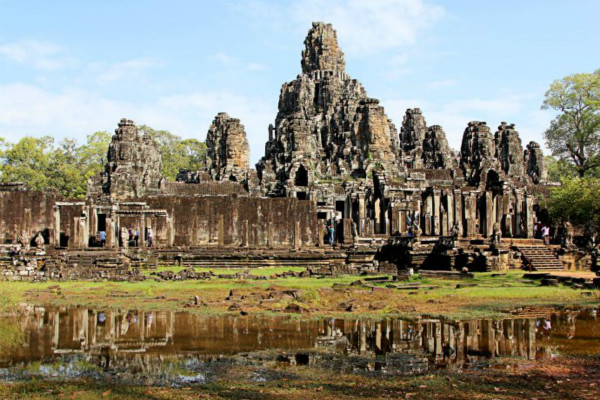



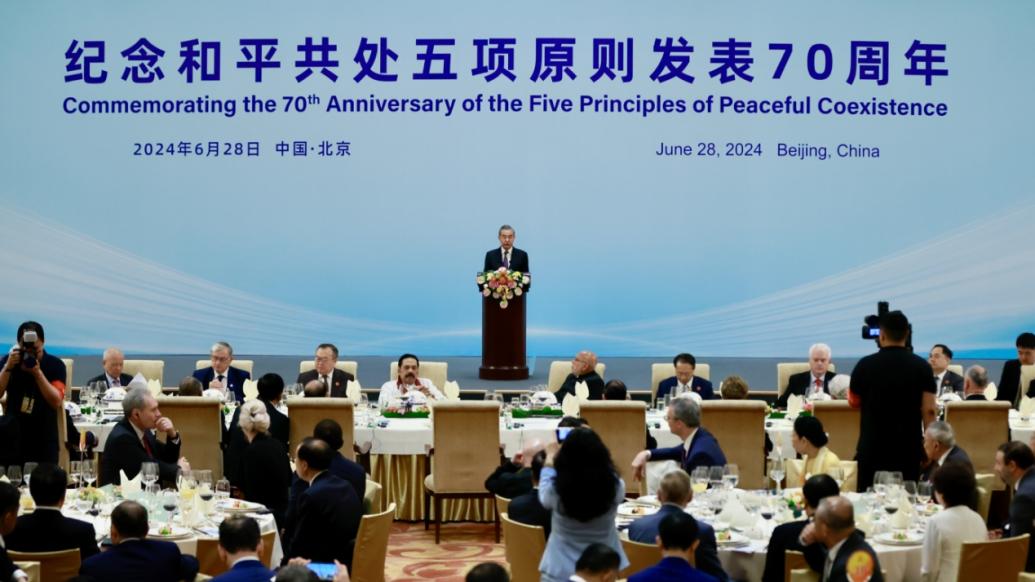

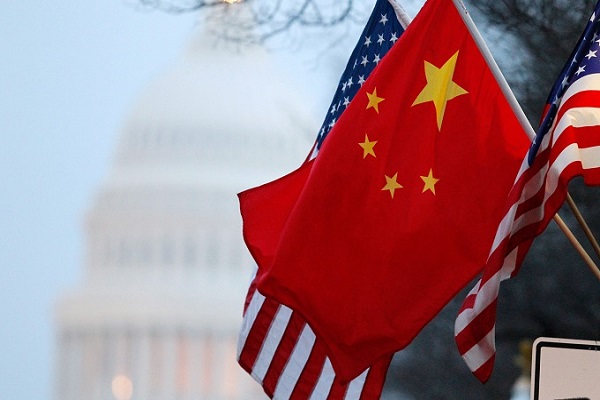


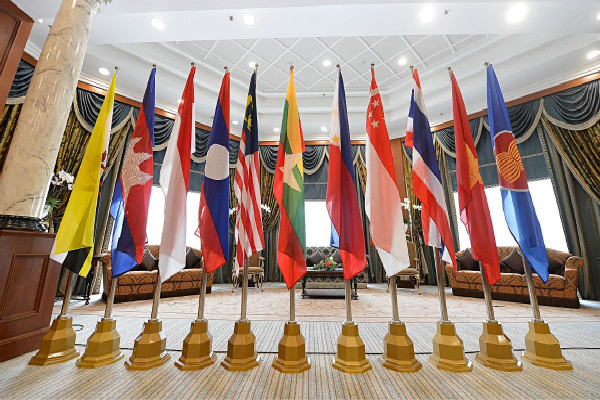
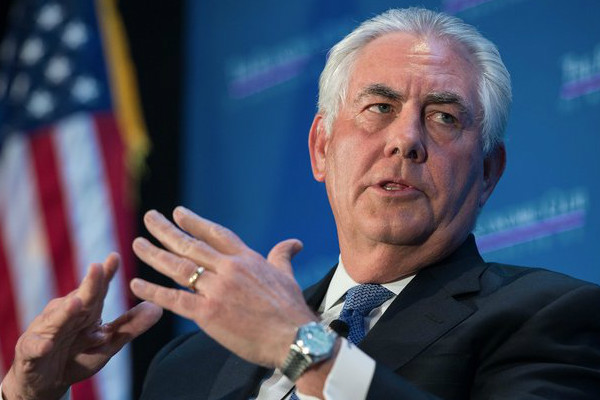

Leave a Reply
Your email address will not be published. Required fields are marked *